The maritime industry continues to experience a surge in promising technology solutions available in the market. While this is a good thing for the evolution of the industry, it also presents a challenge of efficiency. With so many disparate solutions and escalating volumes of maritime data, industry players are finding it difficult to maintain connectivity and context when making decisions. Regardless of your business strategy and the collection of technology solutions that you have chosen to help meet your ultimate business goal, connectivity and context are always going to be critically important as you optimize your solution stack to make sure it’s really working for your business.
The technology and data sources you leverage must come together to bring the right information to the right people at the right time and in the right format. That information also needs to be trusted so that decisions can be made with confidence. This concept extends beyond technology and applies also to stakeholders in your ecosystem, both internal and external, that you may share insights with, and some that you collect data from.
An important theme in many of our conversations with clients and other industry players has been the growing importance of data and data-driven decision making within the maritime industry. There is a clear consensus on the need for having a single trusted source of truth for data sets as well as agreed and standardized data formats.
In a recent webinar, we delved into how maritime software solutions can transform data into meaningful insights that are timely, relevant, and contextual. Access the full webinar here.
In this post, we’ll explore how to transform maritime data into better decisions through data collection, validation, and delivery and take a closer look at how Veson has woven this data process into our suite of solutions.
Data Collection
To us, data collection means two things: gathering internal data generated by your own business and choosing external data sources that feed commercially relevant data into your business. In both cases, you need robust processes to make sure that the data being generated is of high quality to support your business decisions.
Data collection examples from Veson
An example of data collection within the Veson IMOS Platform can be seen in the Market Insights workspace, which collects and delivers AIS positional information on a visual map. From this workspace, you can import vessel particulars programmatically into the platform. This saves time for the chartering team, who can deploy more effort towards high value-added tasks. This also cuts out human error, which can have cascading effects from estimate calculations through to post-voyage performance assessments.
Data Delivery
Data delivery means presenting users with data that help them to make decisions and take actions that drive the business. Good data delivery presents data on time and in context. Slow data can put you behind your competitors, and data without context confronts your users with both the ‘signal’ and the ‘noise,’ rather than the clear signal. Challenges in data delivery include things like influx of large amounts of data, but an absence of actionable insights. It can involve inconsistent and or siloed data sets. There is a challenge around changing user requirements, which can then require your delivery mechanisms to keep changing. The context of any data point depends both on the decision that you’re trying to make with it, but also on other data points that are related to it. So a good data delivery strategy means customizing workflows to surface the right information at the right time as well as integrating and sharing data sets to provide your users with full context. This is where standardization of data formats can really help.
Data delivery examples from Veson
Within the IMOS Platform Market Insights workspace, you can click on any vessel to view the its port call history. This is important in understanding where the vessel has been so you can assess if the vessel falls inside or outside of your defined company policy. This information also gives you an ability to have a more informed conversation with the counterparty and help bolster the negotiation and planning process.
The predictive ETA functionality, sourced from Oceanbolt and delivered within the IMOS Platform, provides information about when the vessel is going to arrive at its next destination. Oceanbolt pulls data from AIS sources and runs it through an algorithmic process that organizes and cleans the data before presenting it in a way that is relevant and useful to you. This information allows you to keep downstream customers informed about their shipments with greater frequency and accuracy.
Data Validation
Validated data are data that you can trust enough to base significant business decisions on. Maritime organizations require the ability to validate the accuracy and relevance of external data sources as well as benchmark their own internal data against a reference point. However, a challenge that we often hear from our client community is that it is difficult and expensive to assess the quality and suitability of primary data sources. Additionally, different data sets have different levels of commercial criticality and therefore different levels of validation that ought to apply to them.
An example of data validation at Veson is a physics-based model built by VesselsValue to estimate vessel fuel consumption and CO2 emissions by using activity data for those vessels as well as information about the vessels engines. Clients can then use these estimates to rapidly sense check internally reported fuel and emissions metrics from within the business and from suppliers.
Data validation examples from Veson
The accuracy and contextual relevance of your data is a key determinant in your ability to sharpen your estimates and conduct business in a compliant and environmentally conscious way. For example, within the voyage estimate calculator in the IMOS Platform, we source year to date CII ratings along with AER and applicable distances and emissions figures from VesselsValue. This data is then run through an algorithm based on information about vessel activity, engines, and consumption to provide a directional rating of a vessel. With this, you can purposefully apply a carbon emission lens in your voyage calculation and planning process.
Additionally, using data from Oceanbolt, you can understand if there could be extensive delays for the vessel when it gets to anchorage at port. This information is highly valuable to have when, for example, you have some optionality on the contract with respect to where you load and or discharge the cargoes. This information can open options to arrive at the destination for that cargo faster and more efficiently from a carbon emission standpoint.
Integrated decision making with Veson
We at Veson understand the impact that accurate, relevant, and validated data can have on your commercial success and on our collective environmental success. We’ve spent the last 20 years embarking on a digital journey of our own to best support the digital transformations of the maritime industry. With the addition of Q88, Oceanbolt, and VesselsValue over the last few years, we are bringing data collection, data delivery, and data validation solutions together to form a strong foundation for you to build holistic data strategies upon. To learn more on this topic and watch live demonstrations of Veson’s suite of solutions in action, access the on-demand recording of our Data and Tech Trends Webinar.
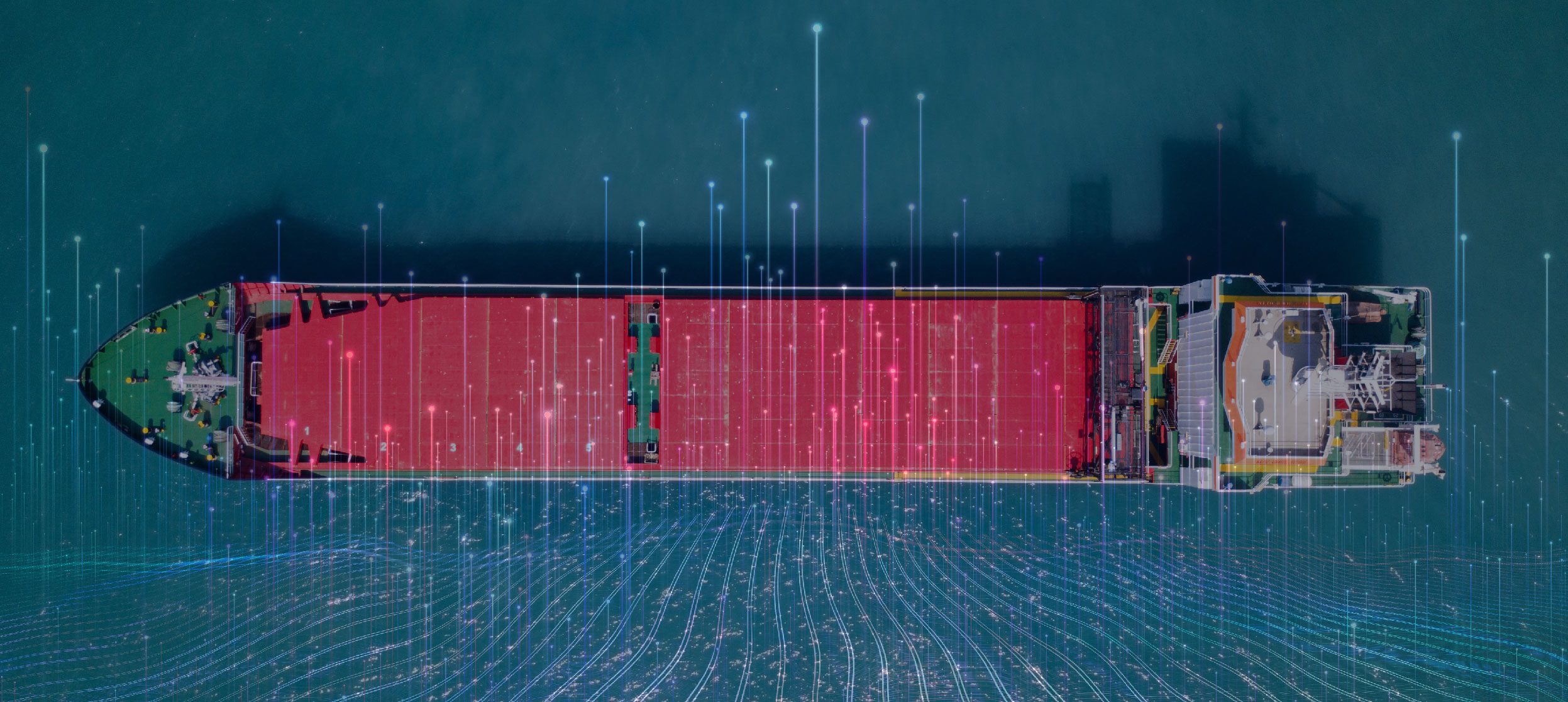

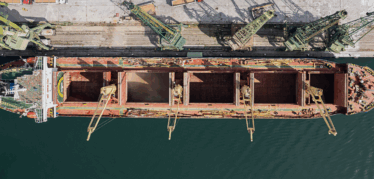
 Mikkel Nordberg
Mikkel Nordberg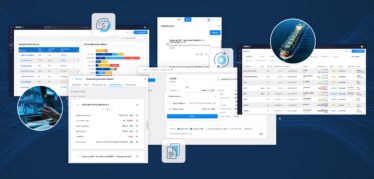
 Josh Luby
Josh Luby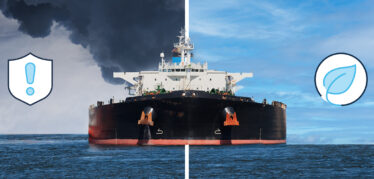
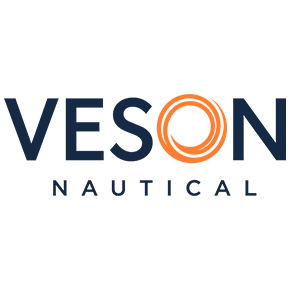 Veson Nautical
Veson Nautical